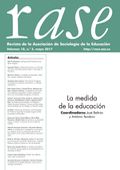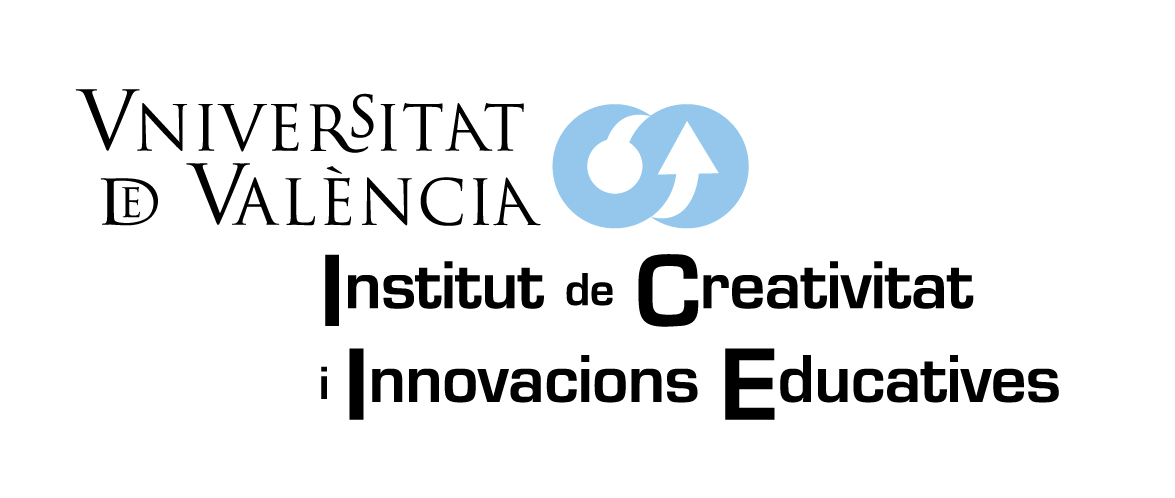Standardized testing and the promise of progress
DOI:
https://doi.org/10.7203/RASE.10.2.10058Palabras clave:
Keywords, Standardized testing, normal distribution curve, teacher performance, instructional practice, academic achievement, testing industry Palabras clave, Pruebas estandarizadas, curva de la distribución normal, desempeño docente, prácticas de inst Resumen
Resumen
Abstract
In light of the constantly expanding use of standardized tests (STs) not only in industrialized countries but also in developing nations, this article seeks to offer some reflections on the assessment path that educational systems across the world are taking. In unpacking the STs we must not take for granted a number of aspects of standardized tests—from their construction and application to their unintended consequences. The article proceeds in four distinct but interrelated parts: (1) understanding the assumptions and process in the development of STs, (2) probing the assumptions underlying the use of STs, (3) recognizing that STs are limited in what they can tell teachers about how to improve their instructional practices, and (4) forming a broader philosophical critique about how knowledge transmission should be measured and by whom. There are multiple procedures and features that render STs an easy–to-use assessment tool for student learning. However, assumptions used test design create considerable distance between their construction and any measurement of ability to teach. This distance impedes the use of STs as practical tools to improve instruction. Nonetheless, the testing industry in the US is solid and there are global efforts underway not only to expand the application from pre-Kindergarten to secondary schools but also to the university level.
 Descargas
Descargas
Descargas
Publicado
Cómo citar
-
Resumen741
-
PDF294
Número
Sección
Licencia
![]()
Esta obra está bajo una licencia internacional Creative Commons Reconocimiento-NoComercial-CompartirIgual 4.0 Internacional.
Aquellos autores/as que tengan publicaciones con esta revista, aceptan los términos siguientes:
- Los autores/as conservarán sus derechos de autor y garantizarán a la revista el derecho de primera publicación de su obra, el cuál estará simultáneamente sujeto a la Licencia de reconocimiento de Creative Commons que permite a terceros compartir la obra siempre que se indique su autor y su primera publicación esta revista.
- Los autores/as podrán adoptar otros acuerdos de licencia no exclusiva de distribución de la versión de la obra publicada (p. ej.: depositarla en un archivo telemático institucional o publicarla en un volumen monográfico) siempre que se indique la publicación inicial en esta revista.
- Se permite y recomienda a los autores/as difundir su obra a través de Internet (p. ej.: en archivos telemáticos institucionales o en su página web) antes y durante el proceso de envío, lo cual puede producir intercambios interesantes y aumentar las citas de la obra publicada.













